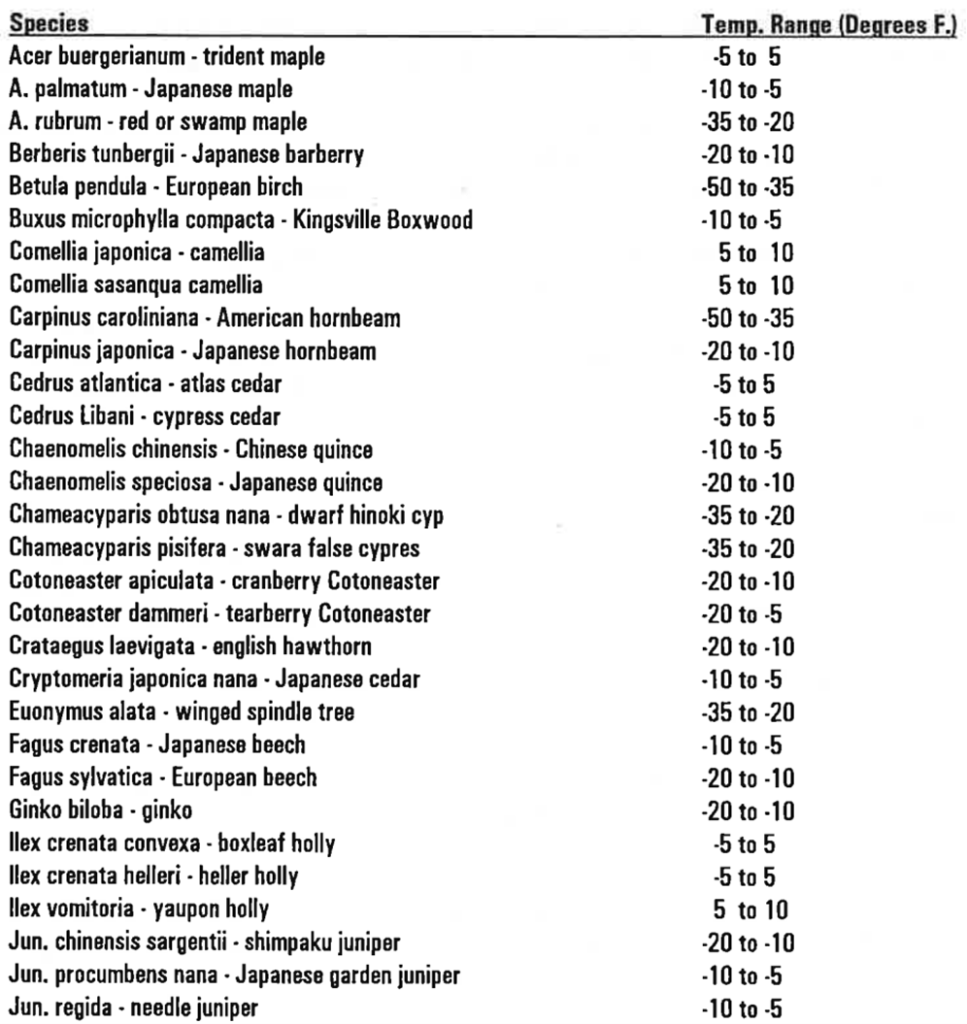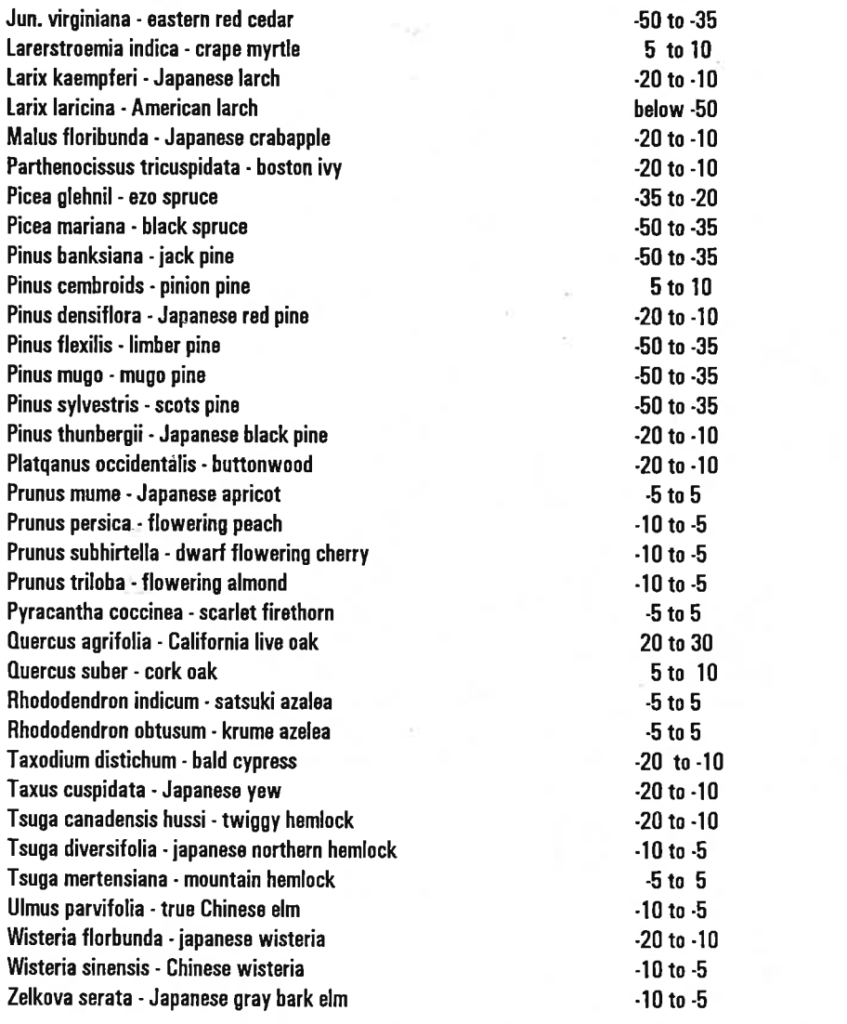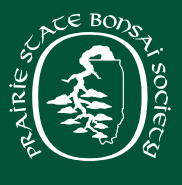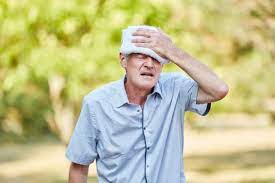Introduction
Different species of trees can withstand, and indeed, require varying extremes of temperatures. Bonsai enthusiasts should know the temperature requirements and limits of all the trees they are growing.
Analysis
All plant material, regardless of its origin, has been categorized in three classifications which directly relate to the origin of the original specie and it’s growth habit.
Temperate Zone Trees: These are trees that require dormancy and remain “outside”. Deciduous trees usually lose their leaves and set buds for the following spring while conifers shed old needles.
Subtropical Zone Trees: These are trees which experience a short period of dormancy when growth stops, usually coincides with the height of winter (January/February). These trees usually maintain their leaves and are susceptible to extremely cold temperatures.
Tropical Zone Trees: These are trees that grow all year depending on light and moisture conditions. These trees come from areas in the world where the ambient temperature varies very little between summer and winter.
The entire world has been divided according to temperature or hardiness zones. The majority of Northeast Illinois is in Zone Four with a narrow area along Lake Michigan in Zone Five. The lower the hardiness number, the colder the area gets during winter. The hardiness numbers only address the coldest temperatures.
Each plant has been assigned a hardiness zone number which correlates the ability of the material to resist cold temperatures and it usually indicates the middle of the range of the tree. Certain species of threes, particularly popular confers, have a very wide range, usually spanning three or more zones. It is also important, therefore, to know where the particular tree was originally grown, and if possible where the parent plant(s) was grown. Cuttings taken from a Juniperus prostrata grown in northern Michigan will be hardier than those taken from a Juniperus prostrata grown in Georgia.
The nomenclature of ‘outdoor’ trees or ‘indoor’ trees is quite misleading, especially when enthusiasts are already overwhelmed with all the information and misinformation they read when starting the art of bonsai. Simply, ‘outdoor’ trees are temperate zone trees. Trees that require a period of dormancy that allows them to rest; trees that will survive as a general landscape tree in your area. Some subtropical trees also require a winter rest period. ‘Indoor’ trees are tropical and some subtropical trees that must be protected from extremely cold temperatures.
Winter protection for ‘indoor’ trees is simple. Bring tropicals inside when the temperature drops below 550 F (subtropicals around 450 F), provide sufficient light, water, humidity and feed them while they are actively growing.
Winter protection for ‘outdoor’ trees is a complex subject with many variations and applications. While formulating your plans for storing your hardy trees during the winter, these two things should be considered:
- If a tree, growing in a pot, is left exposed, it will experience equivalent temperatures of two zones lower. (i.e., If you live in Zone 5, the unprotected tree, planted in a pot will experience conditions equivalent to Zone 3)
- Roots that are exposed to temperatures of 20 to 24 degrees F. will sustain irreversible damage. (Burying the pot in mulch will usually protect the roots.)
Don’t gamble with your prized bonsai:
- Prepare early and watch the weather. Early exposure to extended intense cold, causes the plant to lose its cold resistance. (Many bonsai growers in this area learned this lesson in 1992.)
- Place your trees in an environment that prevents rapid changes in temperature, especially rapid drops in temperature.
- Use a windbreak and protect the trees from direct sun.
- Make sure plants have adequate moisture.
- Under fertilized plants are more susceptible to winter damage.
- Well drained, well-watered plants do better in winter than very wet or dry ones.
- Plants maximum cold tolerance is in January.
When spring arrives, don’t bring them out too early. Again, watch the weather. Harold Lenz used the oaks growing in this area as a guide. He used to say, “when the leaves on the oaks are the size of a mouse’s ear, you can bring your trees out of storage”.
MINIMUM TEMPERATURES TOLERATED BY SPECIES COMMONLY USED IN BONSAI
(The following data was taken from BONSAI JOURNAL -FALL 1981)
These temperatures are for trees growing in the ground.



PSBS – Newsletter fall 2000



